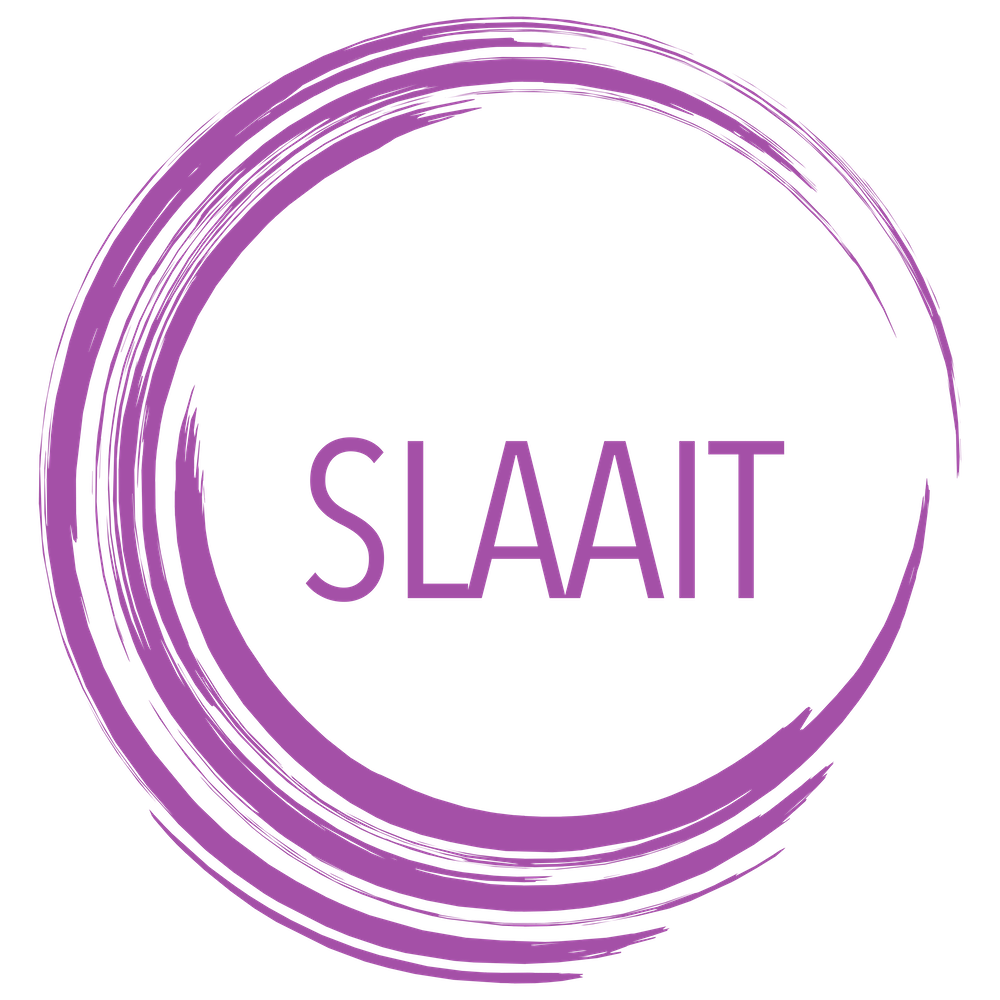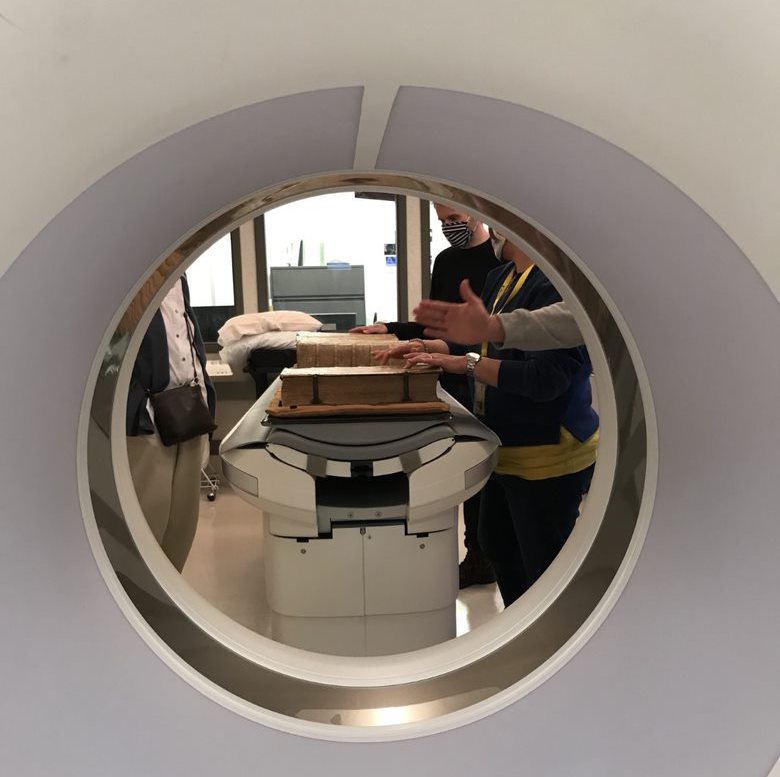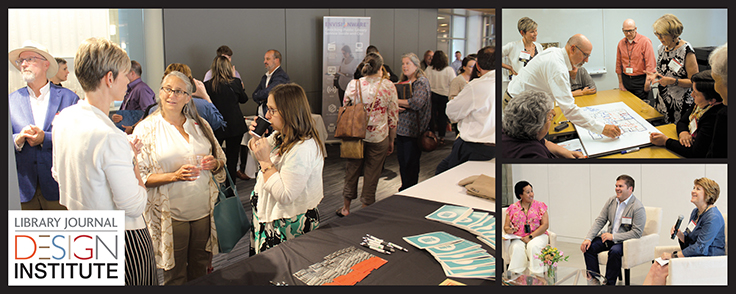News
An early adopter of the makerspace movement, school librarian Nathan Sekinger has been spearheading collaborative and creative learning at T. Benton Gayle Middle School for more than 10 years. Sekinger’s makerspace innovations started small—with “toy take apart” projects for students—then adding activities exploring circuits and electronics. The library is now home to a variety of student exercise, play, and discovery spots ranging from stationary bikes to a ping-pong table to tools for invention and STEM learning.
In this AI Watch, we discuss:
- The State Libraries and AI Technologies Working Group Gathering
- Violet Fox—anti-AI crusader
- AI accuracy for factual questions
- AI tools for everyday people in everyday situations (music/audio, transcription, and image)
Welcome to our first AI Watch column! The three of us talk monthly in the Libraries Lead Podcast (available at librarieslead.libraryjournal.com), and now we share content from that segment of the podcast in digital and print form through Library Journal.
On October 3, the Urban Libraries Council (ULC) announced the six North American public libraries named as Top Innovators for 2024 as part of its annual Innovations Initiative.
In an effort to minimize student boredom while learning library information, Jacksonville State University (JSU) librarians implemented gamification―introducing game mechanics into non-game environments―which studies have shown can increase engagement and motivation, and in turn, improve learning across age groups and settings. JSU librarians Karlie Loren Johnson and Kimberly Westbrooks analyzed their results in “Quelling the Boredom with Alternative Instruction: Augmented Reality, Escape Kits, and Scavenger Hunts.”
Academic librarians are helping both students and instructors navigate the rapidly evolving field of artificial intelligence.
The Collaborative Institute for Rural Communities Librarianship (CIRCL), Gigabit Libraries Network, and 14 state libraries announce the launch of the State Libraries and AI Technologies (SLAAIT) Working Group,
Often, medieval book bindings—as many as one in five from the 15th and 16th centuries—are reinforced with fragments of pages from older printed volumes that bookbinders considered obsolete. Without the option of dismantling precious books to reveal the fragments, specialists turn to x-ray technology to reveal words that have been hidden from view for hundreds of years. A team at the University of Iowa recently used familiar medical technology—a computerized tomography (CT) scanner—to do just that.
Design Institute Durham, held at the Durham County Library, NC, highlighted the need for ongoing communication among designers, architects, and libraries during all phases of a project.
ALREADY A SUBSCRIBER? LOG IN
We are currently offering this content for free. Sign up now to activate your personal profile, where you can save articles for future viewing









